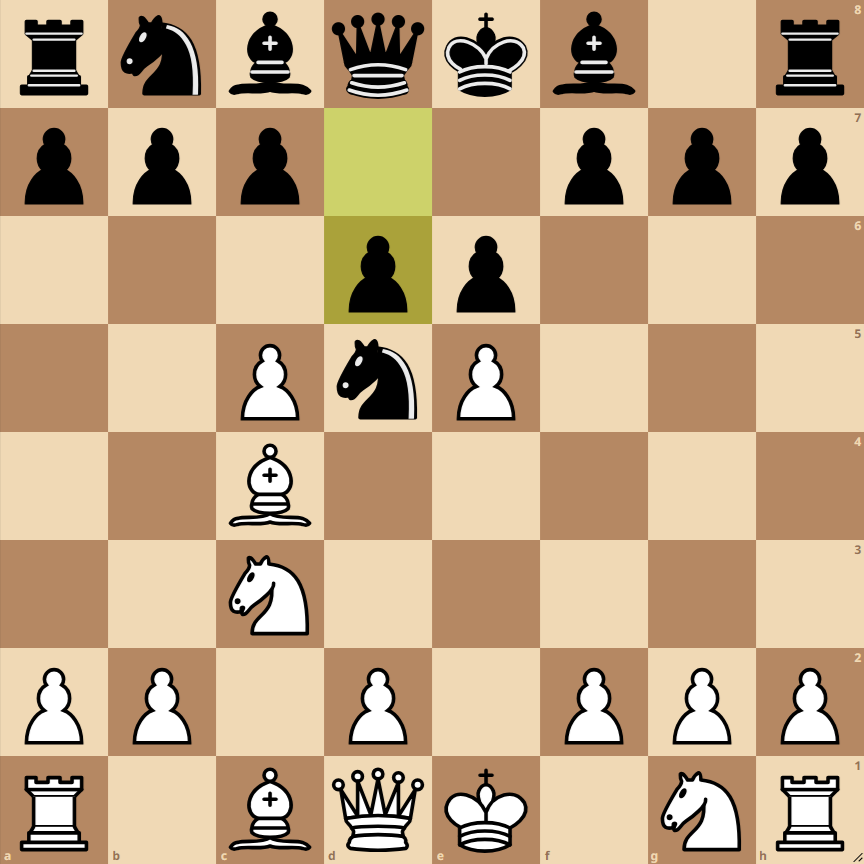How to Play the Alekhine Defense Two Pawns Attack Mikenas Variation
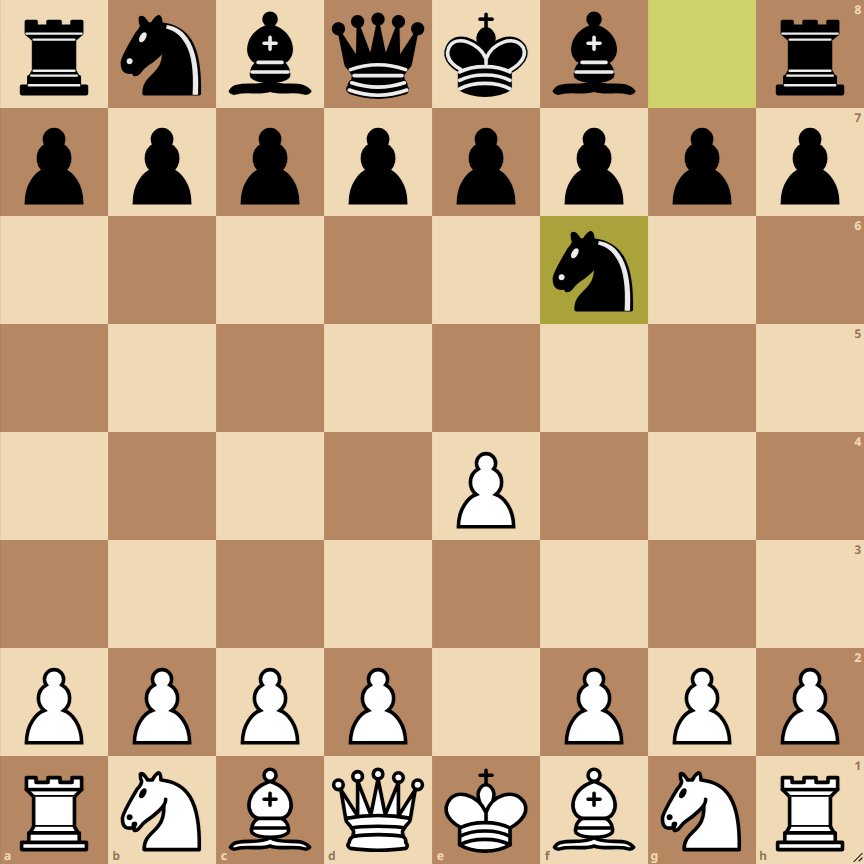
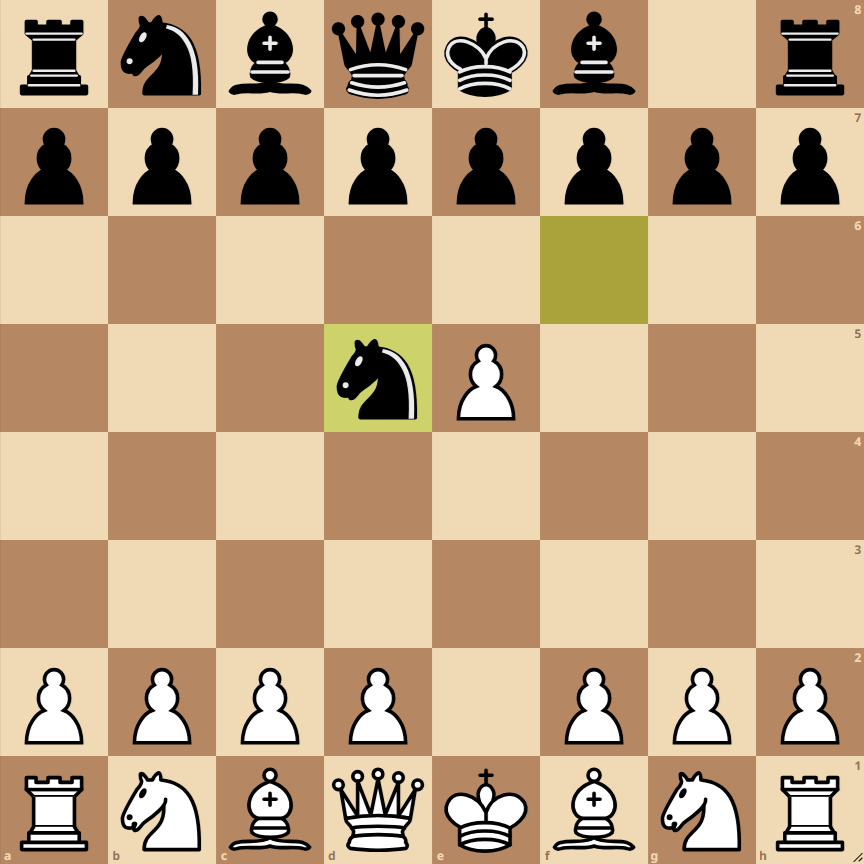
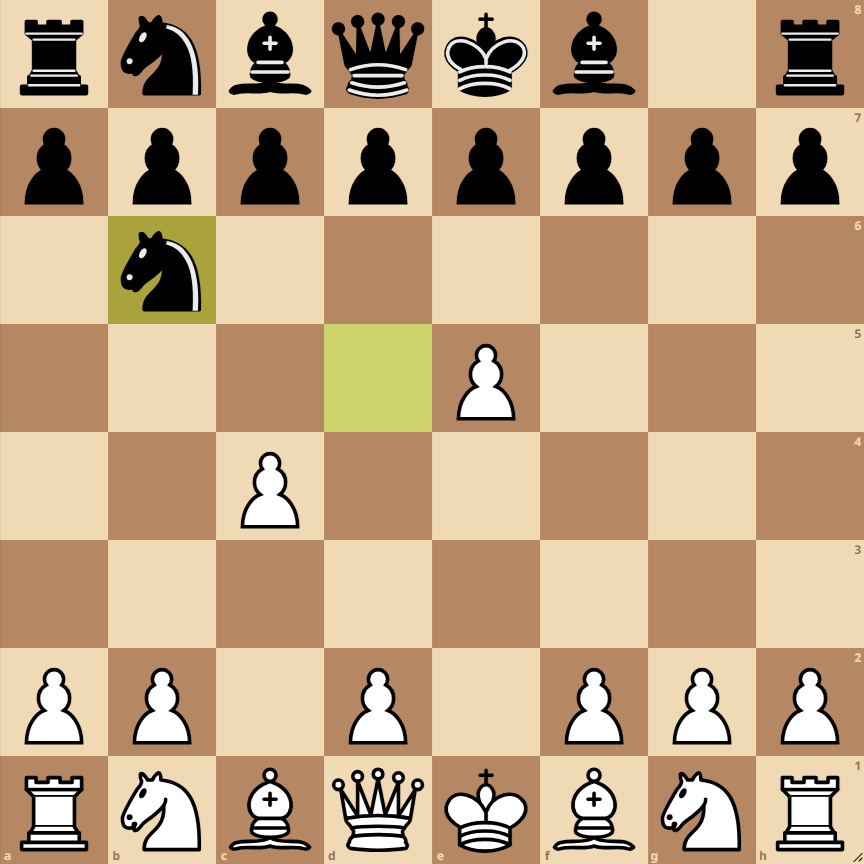
- 1. e4 Nf6: White opens with the pawn to e4, and Black responds with the knight to f6, indicating the Alekhine Defense.
- 2. e5 Nd5: White advances their pawn to e5, attacking the Black knight, which retreats to d5.
- 3. c4 Nb6: White plays c4, threatening the knight on d5 and gaining control of the center.
- 4. c5 Nd5: By advancing the pawn to c5, White puts pressure on the Black knight, which returns to d5.
- 5. Nc3 d6: White develops another knight to control the center. Black responds with d6, aiming to undermine the White pawn on e5.
Variations of the Alekhine Defense Two Pawns Attack Mikenas Variation
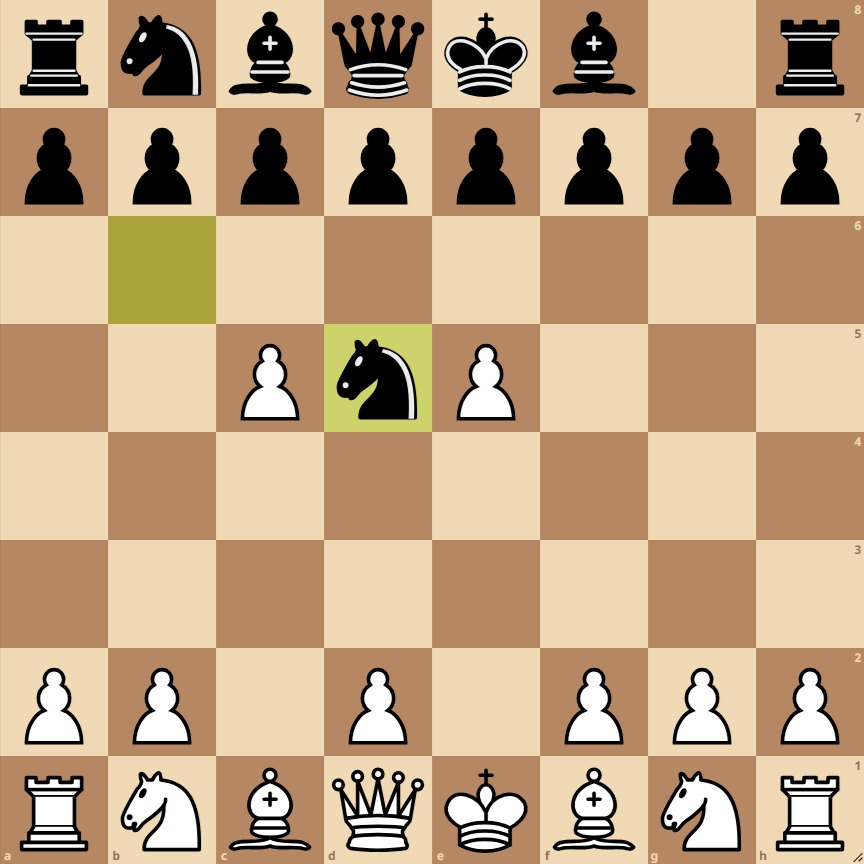
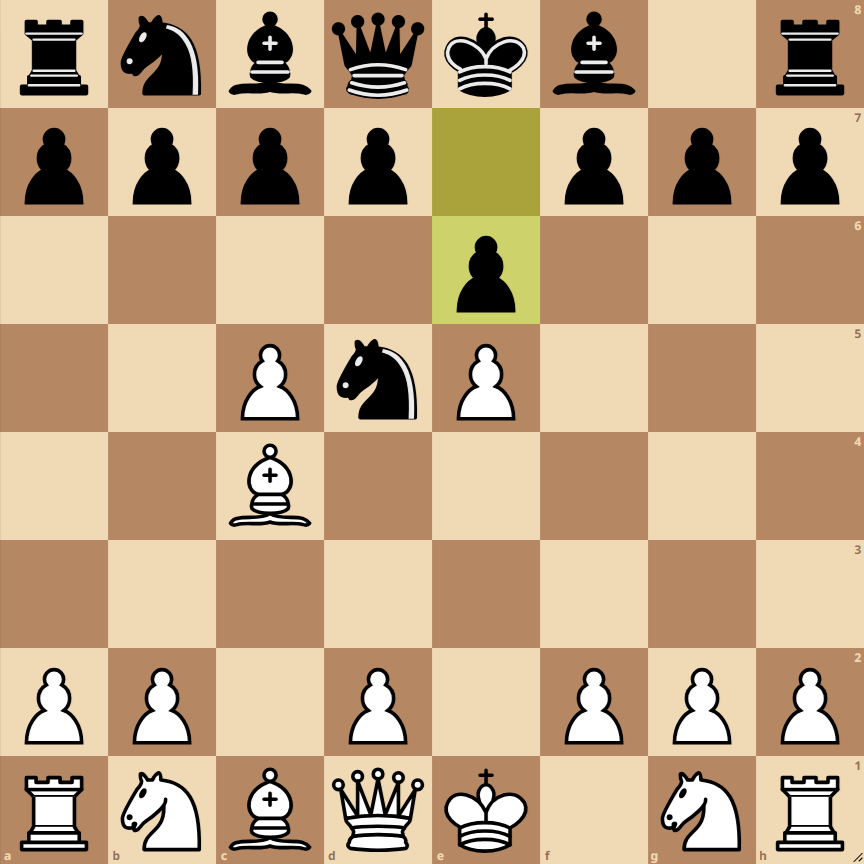
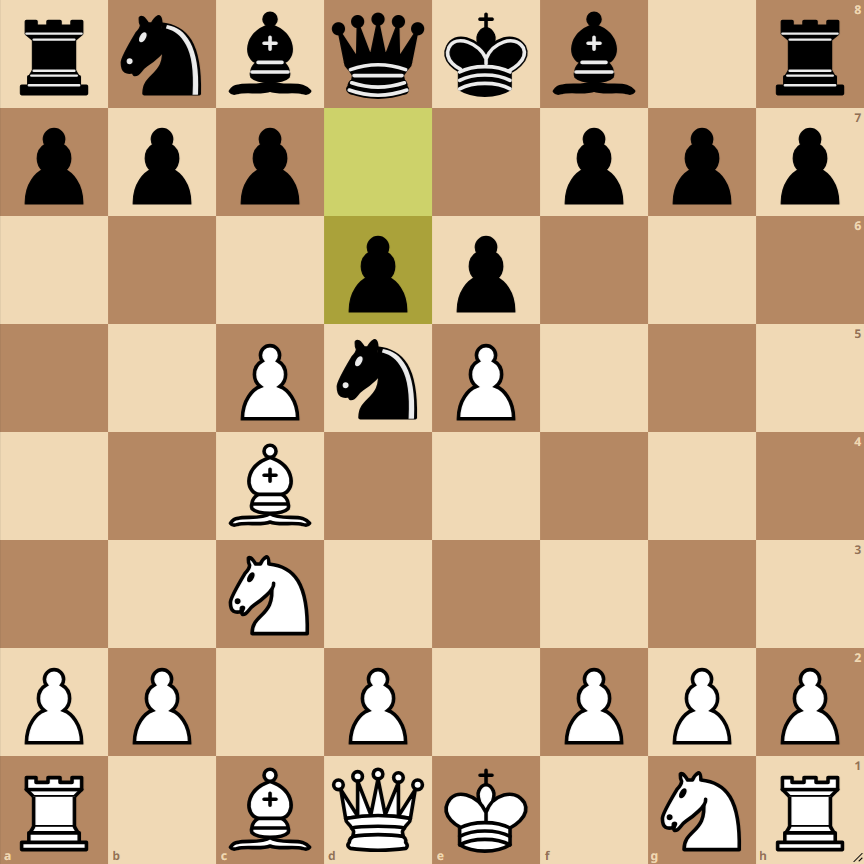
Variation 1: 5…c6
An alternative for Black on the fifth move is to play 5…c6, aiming to control central squares and prepare the development of the dark-squared bishop.
Variation 2: 4…d6
Instead of relocating the knight, Black can choose 4…d6, directly challenging the White pawn on e5 and aiming to break the White central structure.
Chess Opening: Alekhine Defense – Two Pawns Attack – Mikenas Variation
In the Alekhine Defense, Black invites White’s pawns to advance to the center with the goal of attacking them later. The Mikenas Variation is an aggressive line for White, characterized by the rapid pawn advancement and piece development to dominate the center and put pressure on Black’s kingside.
Current Position (After 6…d6):
White has built a strong pawn center with e5 and c5, and developed the bishop to c4, targeting Black’s weak kingside. Black, on the other hand, has placed their knight on d5, a strong central position, and has begun undermining the White center with …d6.
Strategies and Tactics:
For White:
Option cxd6: Capturing on d6 opens the c-file and potentially weakens Black’s pawn on d6. White can continue developing their pieces (e.g., Nf3 and O-O) and look for opportunities to attack the isolated d6 pawn or put pressure on the kingside.
Option Cxd5: Exchanging the knight on d5 relieves pressure in the center and allows White to maintain their pawn structure. After the exchange, White can continue with development, such as Ae3, targeting Black’s king and preparing for kingside castling.
Option exd6: This move sacrifices a pawn but opens lines for White’s pieces. After exd6, White must focus on rapidly developing their pieces and seek tactical opportunities, taking advantage of Black’s lack of development and the exposed position of their king.
For Black:
Against cxd6: Black can recapture the pawn with their bishop or queen, allowing them to develop a piece and maintain material equality. Black should look for opportunities to continue developing their pieces (e.g., Nc6, Be7, O-O) and counterplay in the center.
Against Cxd5: After recapturing with exd5, Black opens the diagonal for their light-squared bishop. Black should continue developing their pieces and aim to activate their bishop and rooks. An approach could be c6, reinforcing the d5 pawn and preparing to develop the light-squared bishop.
Against exd6: After exd6, Black should focus on completing their development and connecting their rooks. The semi-open e-file offers opportunities for Black to apply pressure. Short castling and developing the dark-squared bishop are priorities.
Conclusion:
In this phase of the game, White has a slight spatial advantage and should seek to exploit it by developing their pieces and searching for tactical opportunities. Black, on the other hand, needs to complete their development and seek counterplay in the center and on the kingside. The choices made by each player in the next moves will be crucial in determining the course of the game.

